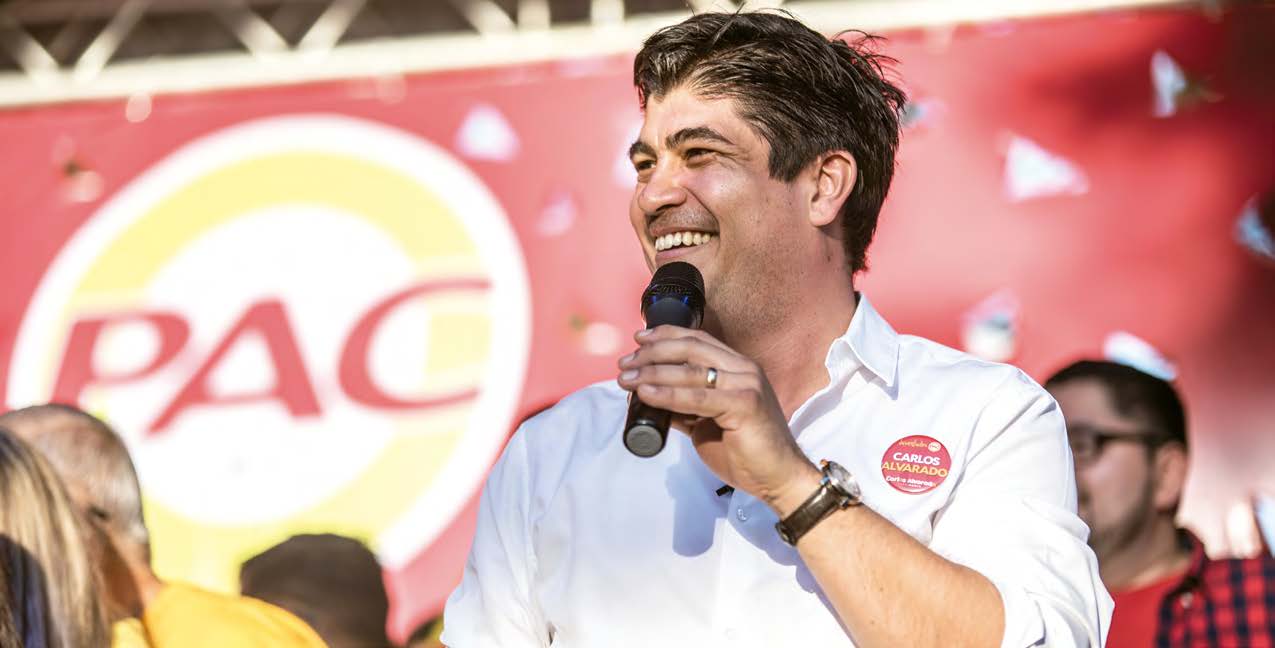
Community Feature – Presidential Elections
Costa Rica was the spotlight of international news for its presidential election on Easter Sunday, April 1, 2018. For the first time ever, voting was scheduled for the day when Catholics would be celebrating Jesus’ resurrection, the same day tens of thousands of Ticos would normally be returning home from Holy Week holidays.
The timing meant many of those wanting to vote had to end their vacation a day early. A two-party scheme of government — National Liberation and Social- Christian Unity Party — had alternately ruled the country for 28 years starting in 1986.
Then in 2014, Luis Guillermo Solís (the current president) was elected from the Citizen Action Party (PAC), which was becoming stronger since its emergence in 2002.
Ticos’ high expectations for this progressive government weren’t quite fulfilled, as they witnessed a good share of corruption (such as the cement scandal), very high unemployment and many unfinished infrastructure projects.
PAC supporters maintained that the party needed more than four years to truly effect change, while others were not so optimistic. It’s fair to say that Costa Ricans are tired of living in a very expensive country with outdated public services, third-world roads and increasing violence. Our outrage is growing daily as we crave efficiency and transparency. The first round of polls saw 13 parties with diverse views on how to achieve this.
Some Ticos were very sure about their party of choice but a lot were confused by all the possibilities. At the end of the first round we had no president yet, because no candidate achieved the required 40 percent of voter support. This necessitated a second round of polls, for only the third time in Costa Rican history.
The two presidential candidates were National Restoration Party leader Fabricio Alvarado, with 25 percent of votes, and the PAC’s Carlos Alvarado, with 22 percent support. Other than their last name, they shared absolutely nothing in common.
Carlos was the most popular choice among better educated urban voters, and Fabricio had stronger support in relatively traditional rural areas. The outcome was far from obvious, considering that 34.34 percent of Ticos didn’t vote. That meant more abstained from the polls than supported either candidate.
So facing a second round and two very different paths, Costa Ricans had a very important decision to make.
On one hand Fabricio’s agenda appealed to the more religious and conservative citizens opposed to the country opening its doors to gay marriage and legal abortion.
On the other hand, Carlos represented a generation wanting to fight for a secular state inclusive of all minorities, progressively addressing LGBTI and reproductive rights.
A moral battle was being fought and it inspired the country with a revolutionary spirit. For the first time ever — and against all odds considering the Easter holidays — more Ticos voted in the second round of election votes than they had in the first.
Carlos Alvarado won with an impressive 60 percent of the votes, becoming Costa Rica’s youngest president since the Second Republic in 1948. Vice-President Epsy Campbell became the first Afro- American woman to assume such a position. Now great expectations lay upon Carlos Alvarado. We all hope he is going to lead our nation towards progress … or at least pave some roads and leave our human rights alone.
